was created before 1816 and despite the lack of a signature, it is completely identical
work of Italian-Austrian architecture and decoration painter
Antonio de Pian (1784 Venice - 1851 Vienna).
All his depictions of the interiors of churches, monasteries and ancient ruins have a distinctive feature:
on the vaults or columns the artist depicted special strokes in the form of webs as confirmation
of his authorship. Also in our painting, this web is located on the left and right parts of the vault,
on the wall right, and on the column. For comparison see this signature details on our and other works by this
artist ( our last 3 images).
Antonio de Pian studied in Venice under the influence of Canaletto. Our work was executed by him in Italy.
Since 1816 Antonio de Pian worked in Vienna as a court theater painter.His paintings achieve high results
at international auctions (up 46 000 €)
He came to Vienna with his father and soon got a job at court. At the age of 32, in 1816 the management of
the court theater appointed him as a set designer.
1821 Pian pioneer turned stage painter. He retained this position until the end of his life.
De Pian repeatedly went on study trips to Italy, from which he brought home specifications for his
artistic work. In 1843 the Academy of Fine Arts in Vienna accepted him as a full member.
Antonio de Pian died in Vienna in 1851 at the age of 67.
In 1956, Piangasse in Vienna-Simmering (11th district) was named after him.
Inscription: unsigned.
Technique: oil on wood. Classical gilded frame.
Measurements: unframed 13 1/8" x 10 1/2" (33,3 x 26,7 cm); framed 15 2/3" x 13 1/8" (39,8 x 33,3 cm)
Condition: in very good condition










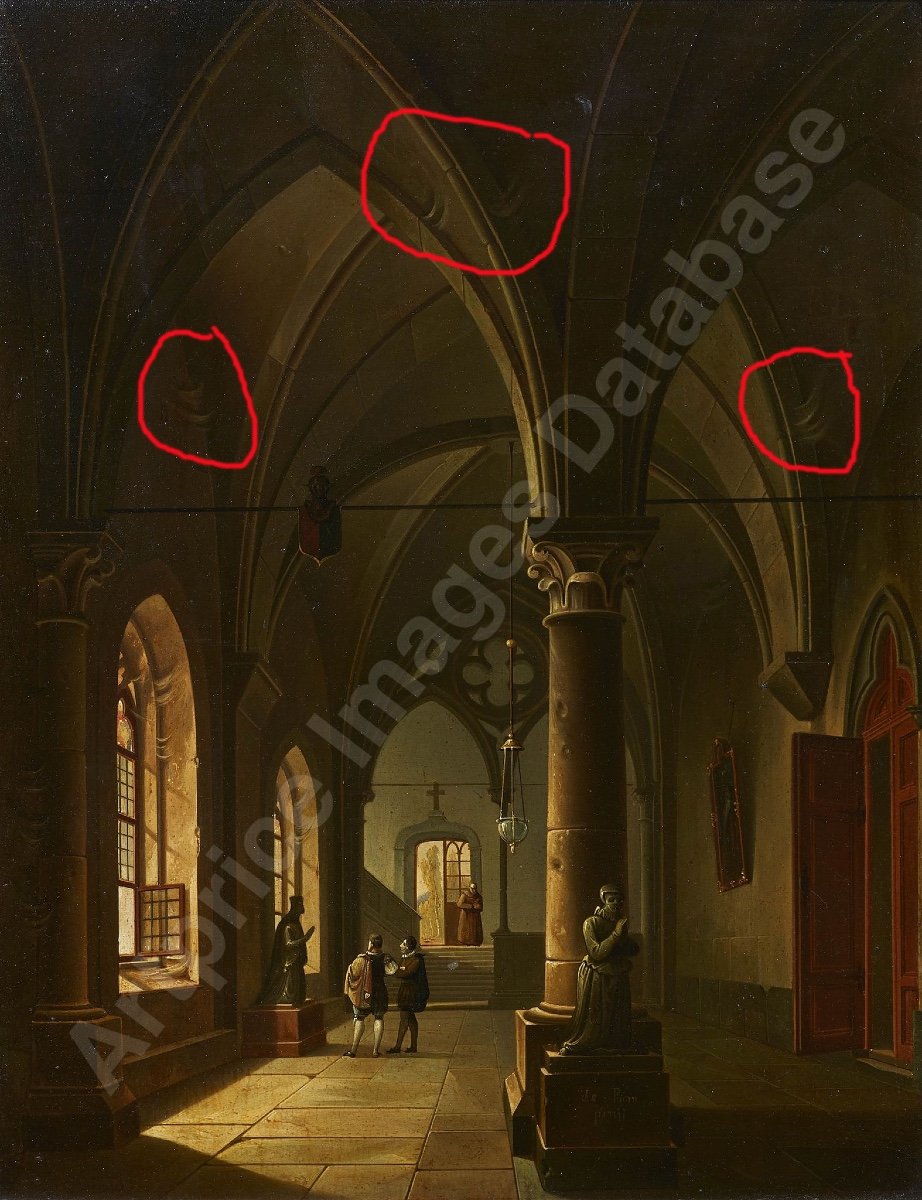



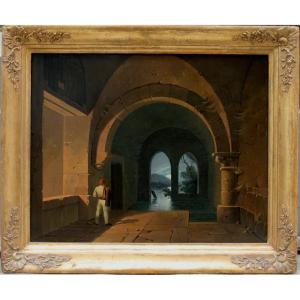













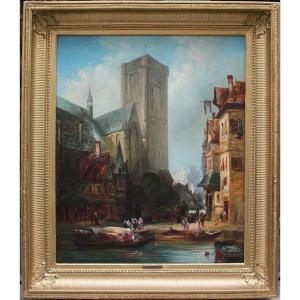


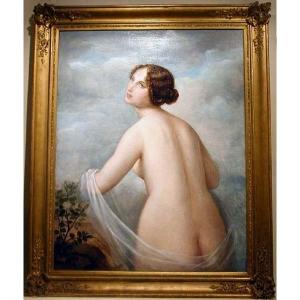
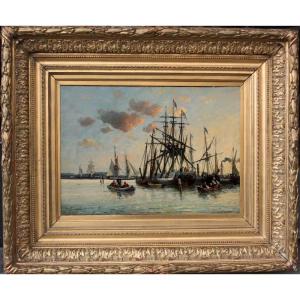


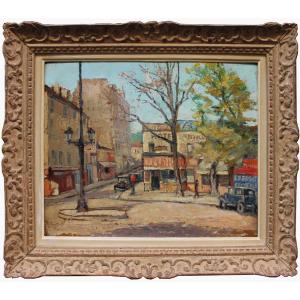



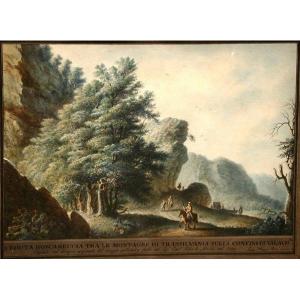
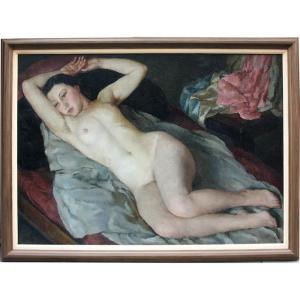


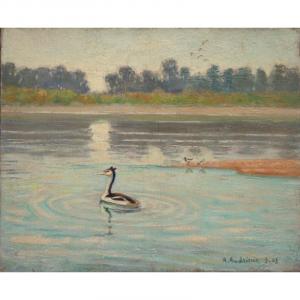
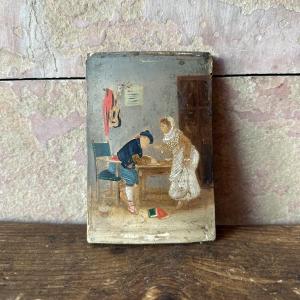





 Le Magazine de PROANTIC
Le Magazine de PROANTIC TRÉSORS Magazine
TRÉSORS Magazine Rivista Artiquariato
Rivista Artiquariato